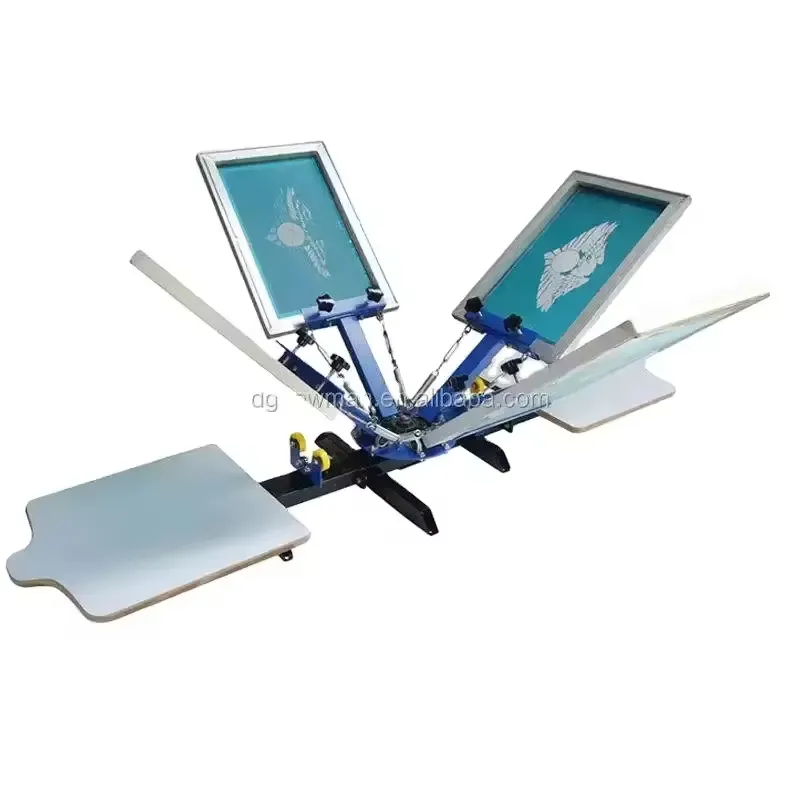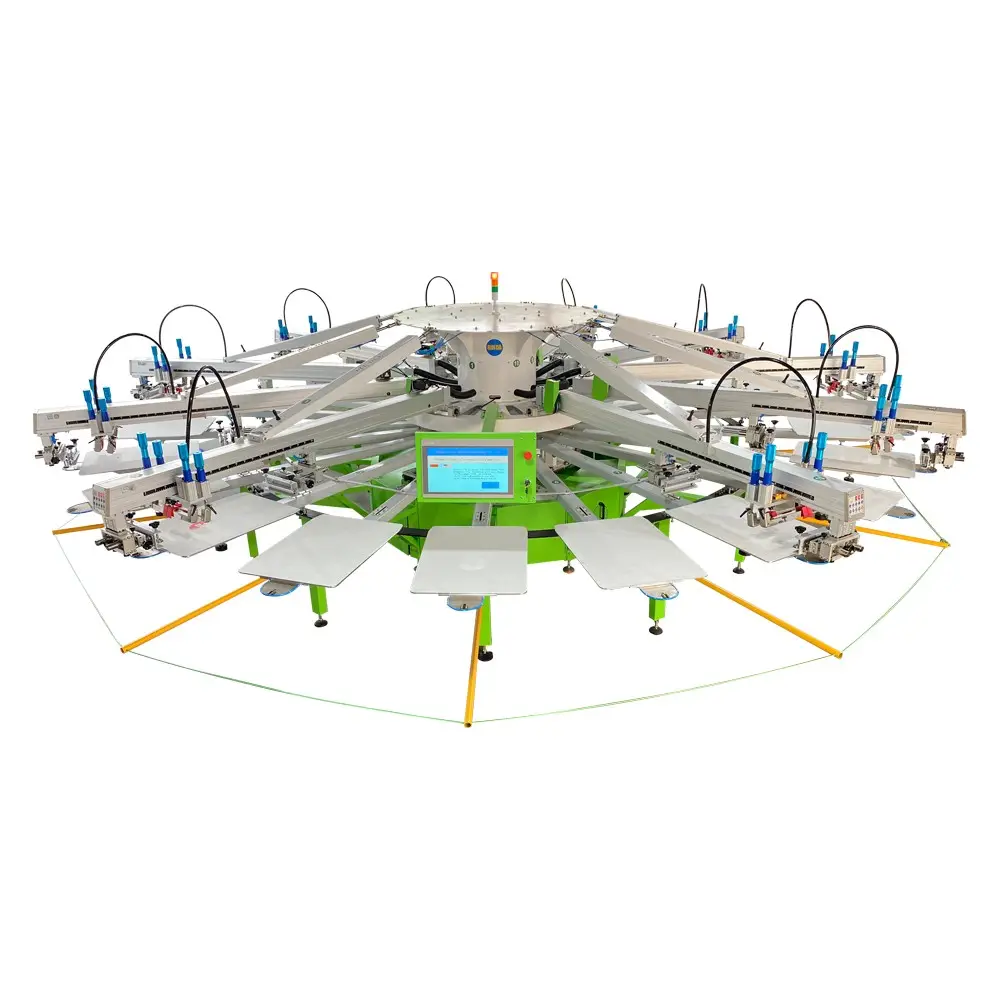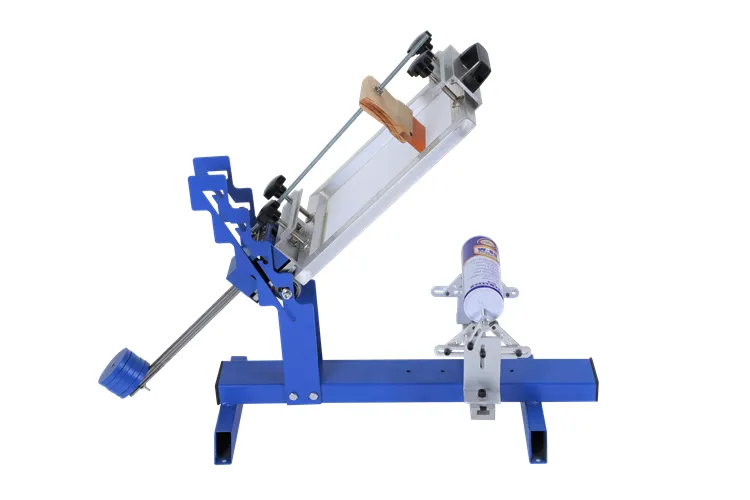beste skermprint
Skermprint staan as 'n veelsydige en betroubare drukmetode wat sowel kommersiële as kunstmatige druktoepassings gerevolutioneer het. Hierdie sofistikeerde proses behels om inkt deur 'n masjestensil op 'n substraat te duw, presiese en lewendige indrukke skeppend. Moderne skermprinttoerusting kombineer gevorderde outomatisering met noukeurige beheersisteme, wat konsekwente produksie van hoëkwaliteitsdruks op verskeie materiaalle, insluitend teksteelt, papier, plastiek en metaal, moontlik maak. Die tegnologie sluit geautomatiseerde registrasiesisteme, flitshardingseenhede en transportdroogers in, wat optimale inktharding en duursaamheid verseker. Professionele skermprintopsette beskik gewoonlik oor veelkleurige printstasies, wat komplekse ontwerpe met meerdere kleurlaaie moontlik maak. Die proses gebruik gespesialiseerde inkte wat vir verskillende substraatte geformuleer is, insluitend plastisool, watergebaseerde en afstellinginkte, elk biedend unieke eienskappe en toepassings. Gevorderde stelsels sluit ook mikro-registrasievermoëns in, wat presiese kleuruitskakeling en uitstekende printkwaliteit verseker. Die beste skermprinttoerusting integreer digitale beheer vir konsekwente druk, spoed en temperatuurbeheer, wat in herproduseerbare, hoë-kwaliteitsresultate oor groot produksielopings lei.


